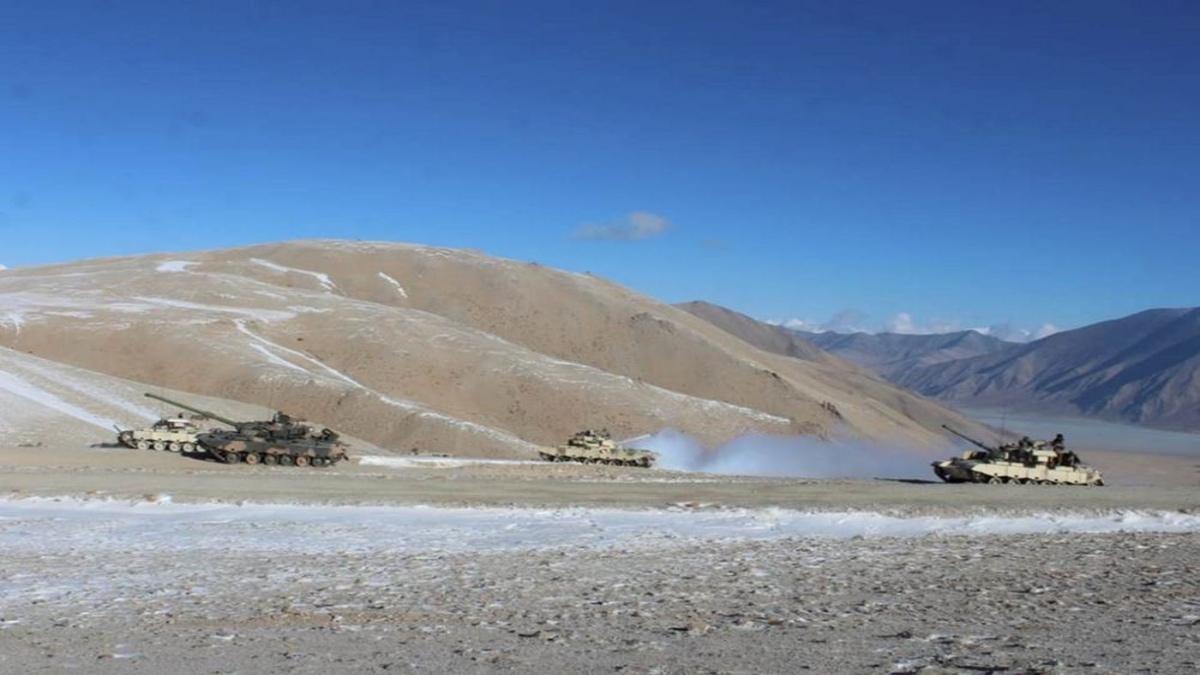New satellite images show that China has dismantled dozens of structures and moved vehicles to empty out entire camps along the Line of Actual Control (LAC), where Indian and Chinese troops have been face to face since May last year.
Last week, the two countries announced a plan to pull back troops, tanks and other equipment from the banks of Pangong Tso.
“Similar action is happening from our side also,” an official, who asked not to be named, was quoted as saying by Reuters.
The high-resolution satellite images conclusively show dismantled Chinese infrastructure on the northern bank of Pangong Lake. Dozens of camps, storages and military vehicles parked at different locations between Finger 4 and Finger 8 have also been removed by the PLA, as per the agreement.
Defence Minister Rajnath Singh last week told Parliament that both sides had agreed to pull back troops in “a phased, coordinated and verified manner” around Pangong Lake, after which military commanders would discuss ending the standoff in other parts of the Ladakh frontier.
The contested area located along the LAC in eastern Ladakh is divided into 8 “Fingers”, with India claiming territory up to Finger 8. India and China announced the beginning of a phase-wise and coordinated disengagement under which the Chinese troops would move back from Finger 4 to Finger 8 and the Indian troops would return to their earlier position at Dhan Singh Thapa post near Finger 3.
Tensions began rising along the LAC in eastern Ladakh in April 2020, when India accused Chinese troops of intruding into its side of the border. China denied the allegation, saying it was operating in its own area. The confrontation took a violent turn in June when 20 Indian soldiers and an undisclosed number of Chinese troops were killed during hand-to-hand clashes in Ladakh’s Galwan region—the first such casualties along the 3,500 km-long-border in decades.
Despite several subsequent rounds of diplomatic and military talks, both the countries had been unable to settle on an agreement until February, making the ongoing first phase of the withdrawal critical.
Videos and images released by the Indian Army earlier this week also showed Chinese troops dismantling bunkers and tents, and tanks, soldier and vehicles moving out as part of the disengagement process.
Some experts, however, have cautioned India to be careful, saying that current withdrawal is the only the first step of a potentially long-drawn out process.
WITH AGENCY INPUTS























